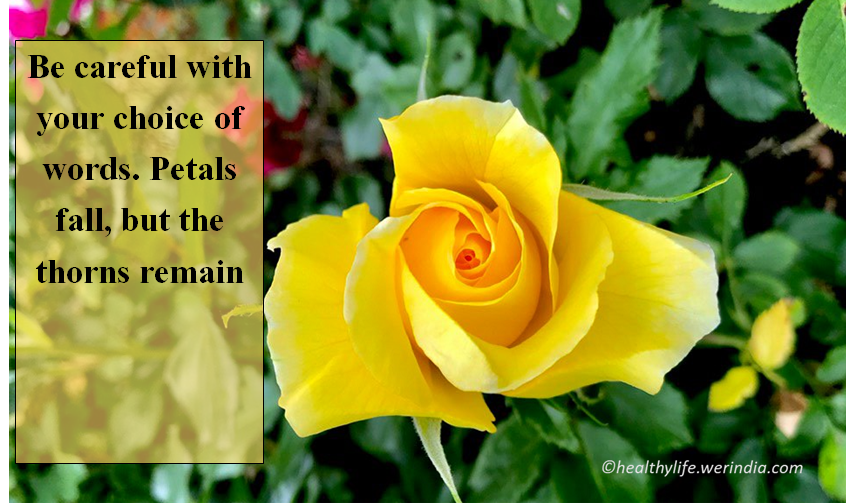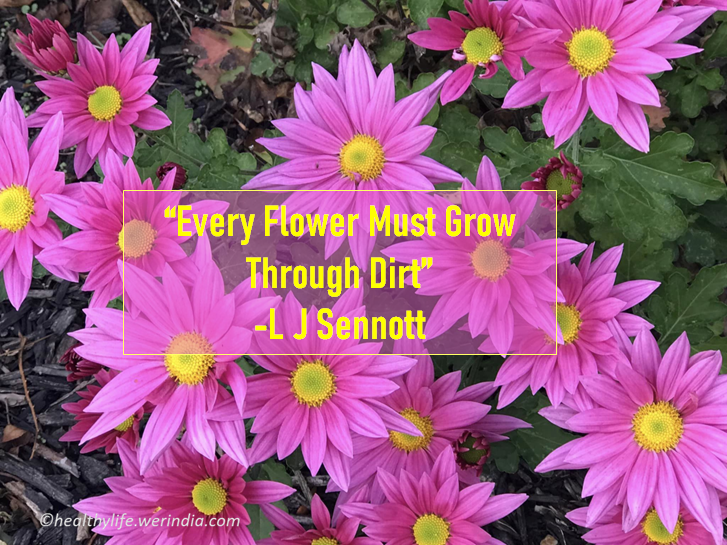
Home Gym; 5 Essential Must-Have Equipment
Many people are now concentrating on building their own home gyms as the COVID-19 outbreak continues. If you are unable to visit a conventional gym, having a home gym might be a terrific way to stay active and maintain a healthy lifestyle. Yet setting up a home gym can be challenging, from selecting the best yoga mat to adjustable dumbbell sets and more, if you don’t know what equipment to buy then it is truly overwhelming. The top 5 pieces of home gym equipment that are a necessity for any newbie to get started will be covered in this post. These five pieces of equipment are adaptable, useful, and will enable you to reach your fitness objectives while remaining at home. So let’s get going!
· Adjustable Dumbbells
Adjustable dumbbells are a great addition to any home gym since they provide the same advantages as conventional dumbbells with the added benefit of ease. Adjustable dumbbells are a more space- and money-efficient option than having multiple sets of dumbbells since you can quickly modify the weight by adding or removing weight plates. They are the perfect option for people who have limited space or wish to cut costs without sacrificing their training goals.
The adaptability of adjustable dumbbells is one of their advantages. They are crucial for gaining muscle mass and shaping your physique, and you can use them for a variety of activities, from presses to curls. They are ideal for small home gyms since they let you carry out a range of workouts without requiring a lot of room or equipment.
For people who wish to exercise with a partner or share equipment with family members, adjustable dumbbells are a terrific alternative. To accommodate various levels of fitness, you would require many sets of weights for traditional dumbbells. But, adjustable dumbbells are a terrific purchase for your home gym because you can easily change the weight to fit your demands.
The quality of the adjustable dumbbells is another factor to take into account. Look for sets that are constructed of sturdy materials and feature a simple yet reliable locking mechanism. A good set of adjustable dumbbells that will last for many years is essential if you don’t want the weights to shift while you’re exercising.
· Resistance Bands
A great piece of fitness equipment, resistance bands can be used to increase flexibility, muscle tone, and strength. They are a great addition to any home gym because they are a space- and money-saving substitute for conventional weightlifting apparatus.
Resistance bands’ adaptability is one of their advantages. They can target a variety of muscle areas, including your legs, arms, and core, and can be used for a wide range of workouts, from squats to bicep curls. Stretching exercises can be aided with resistance bands, which will increase your flexibility and mobility.
Resistance bands’ little impact is another advantage. Resistance bands are a terrific alternative for people who have injuries or are recovering from surgery because they put less strain on your joints than typical weightlifting equipment. They can also aid in enhancing your stability and balance, which are crucial for general fitness and injury avoidance.
· Jump Rope
Jumping rope is a straightforward but powerful exercise tool that can strengthen your legs and core while also enhancing your cardiovascular fitness. Anybody who wishes to workout at home has an affordable and compact option.
Jump roping is a quick, high-intensity exercise that works every muscle in the body. It is a good choice for people who wish to lose weight or improve their cardiovascular health because it is a great technique to increase heart rate and burn calories. Jumping rope can help you get more agility, balance, and coordination, all of which are assets for other sports and hobbies.
Jump rope is a terrific exercise for anyone who wants to exercise without putting too much strain on their joints because it is also a low-impact activity. It is a low-risk activity that is appropriate for individuals of all ages and fitness levels, making it a great choice for both families and single people.
· Resistance Bands
Resistance bands are a well-liked and adaptable exercise tool that can be used to target different muscle groups and meet varied fitness objectives. Because they are lightweight, small, and simple to store, they are a great addition to any home gym and are ideal for places with limited space or when you don’t have access to a gym.
Resistance bands’ ability to provide resistance exercise without requiring big weights or bulky equipment is one of their main advantages. You may still target particular muscles and work out effectively by utilizing resistance bands. You may modify the resistance to match your fitness level and goals because resistance bands come in a variety of strengths.
Resistance bands are an additional low-impact strength training alternative, making them the perfect choice for anyone recovering from an injury or dealing with joint issues. Resistance bands let you perform exercises without overworking your joints, which lowers your risk of injury and lets you exercise safely.
Hence, setting up a home gym doesn’t have to be difficult or expensive. You can start your fitness adventure and reach your health and wellness objectives with just a few key pieces of equipment. Any home gym needs dumbbells, resistance bands, a yoga mat, a jump rope, and a stability ball, among other essentials. With the aid of these equipment, you may carry out a number of workouts that will develop your endurance, flexibility, and muscular mass. So why not make an investment in yourself today and begin creating the ultimate home gym!
Photo by Carl Barcelo on Unsplash (Source)
Author: HealthyLife | Posted on: March 7, 2023
« Skin Care Essentials: Must Have 7 Skin Care Products CBD for Digestion: How To Improve Digestion With CBD Products »







